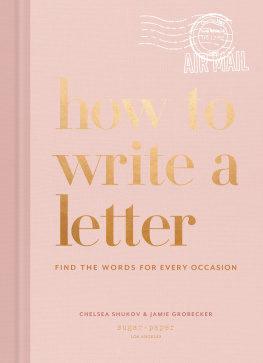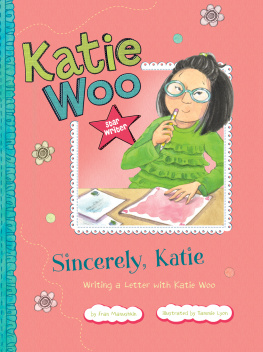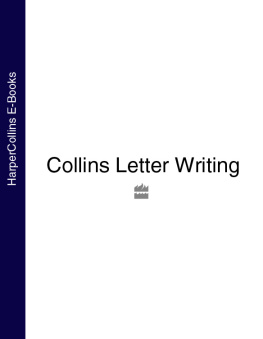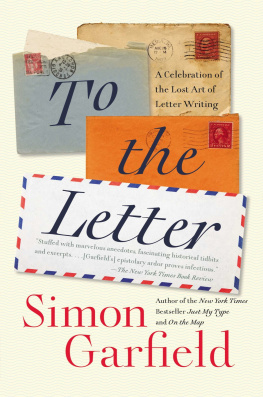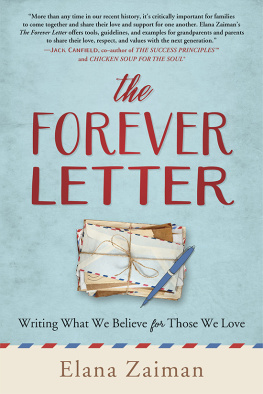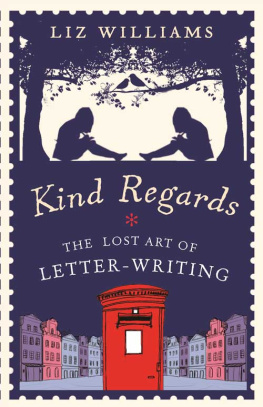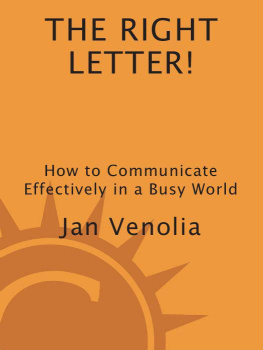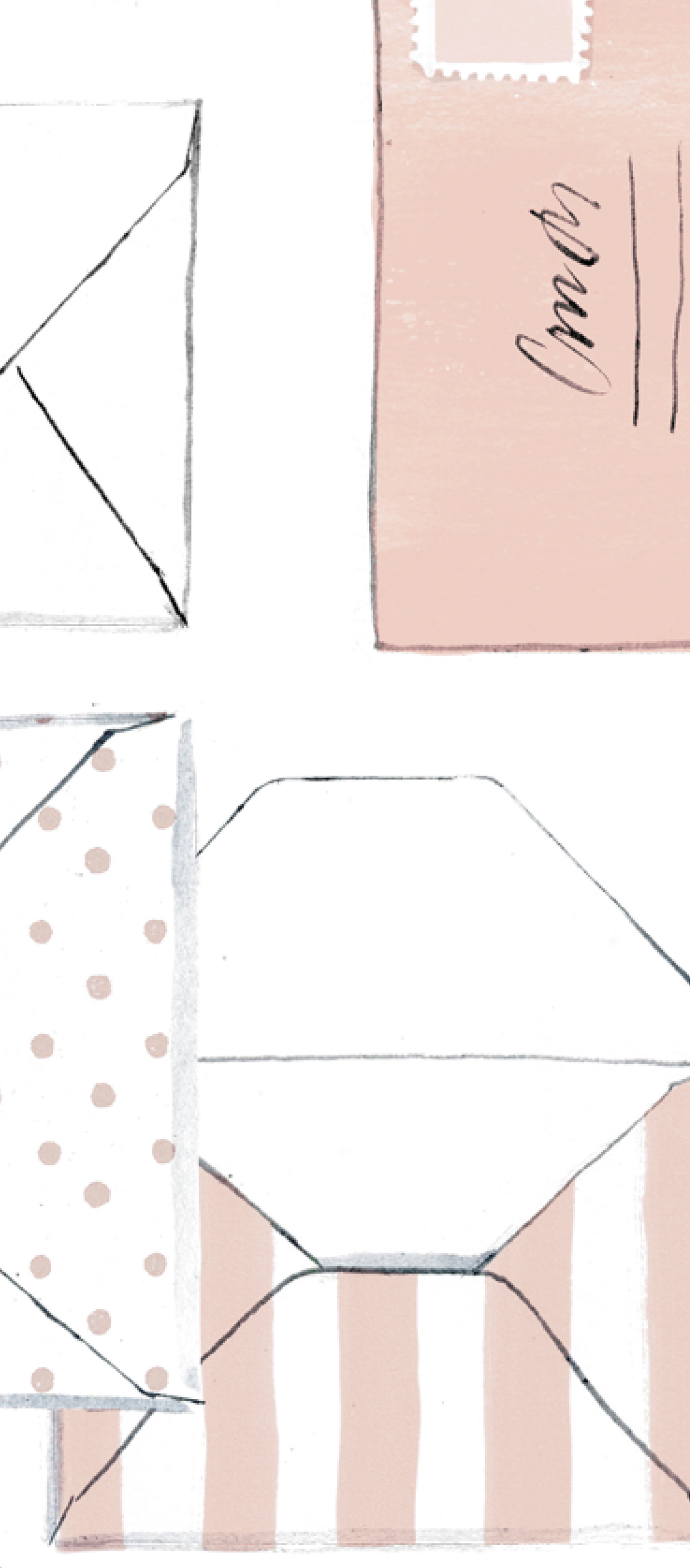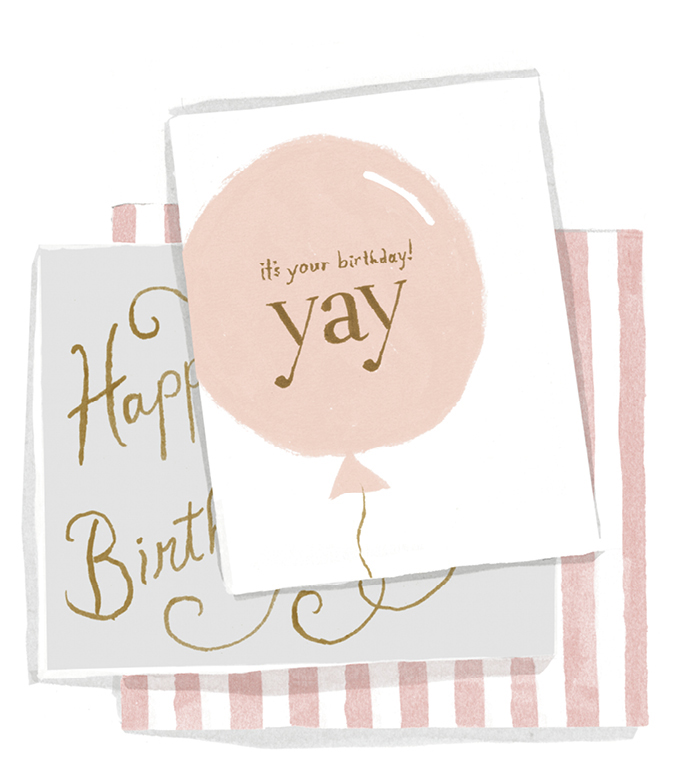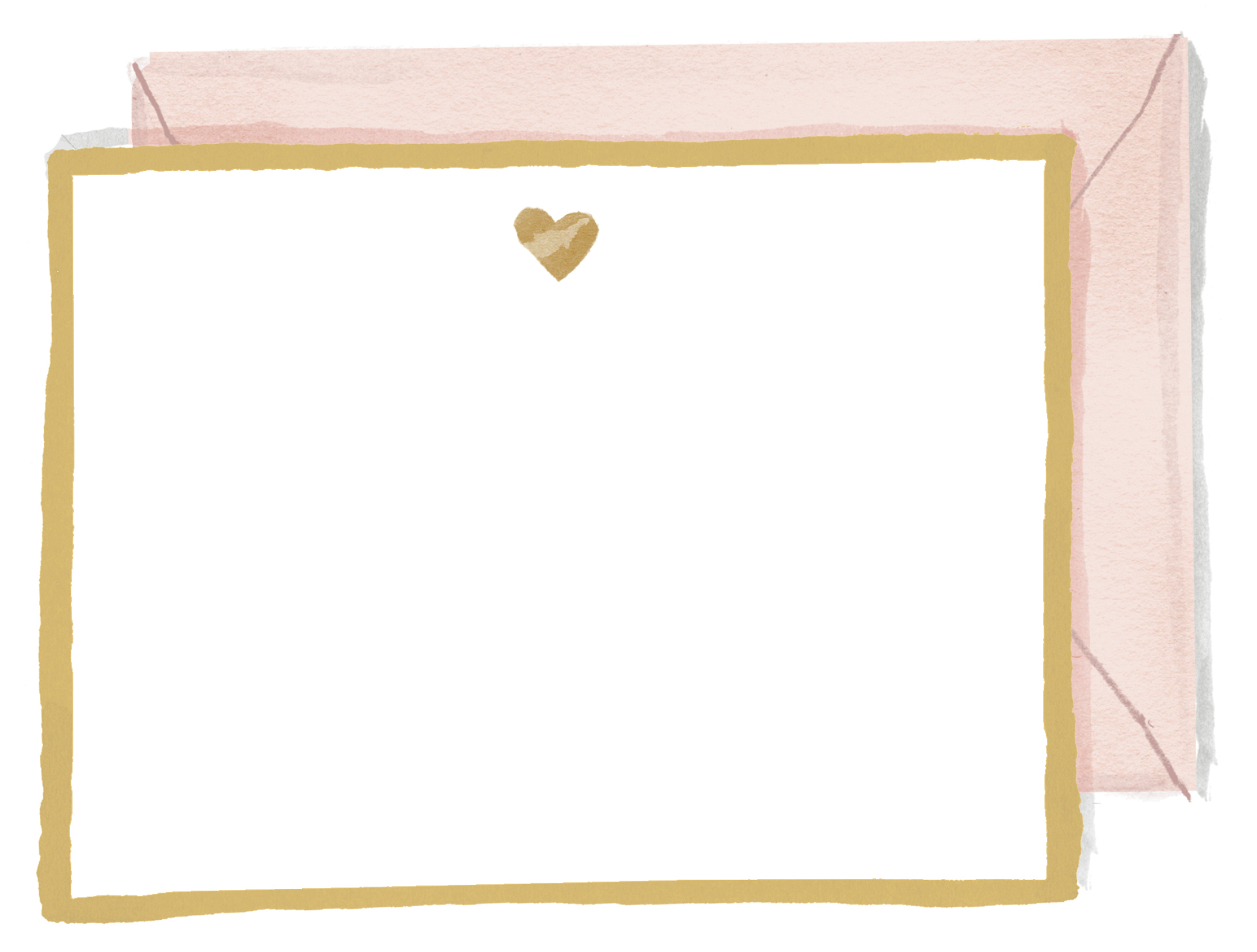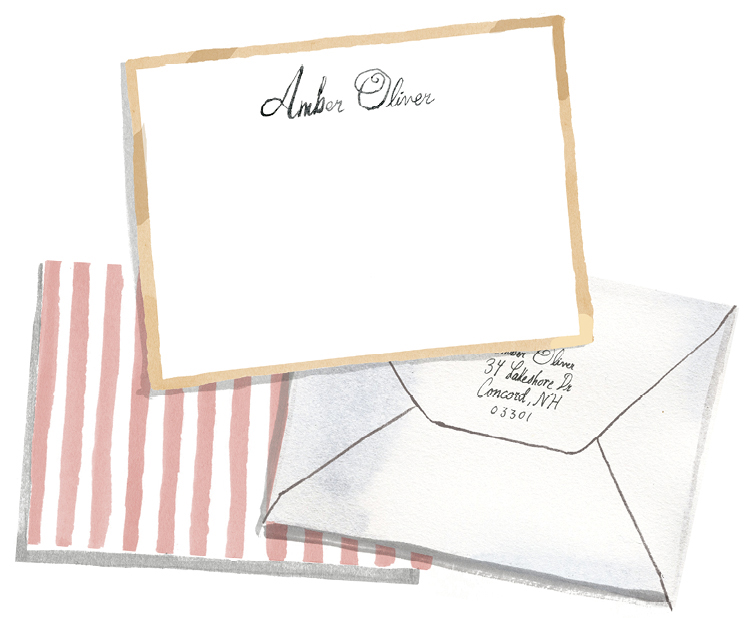Contents
Landmarks
Print Page List
CHELSEA SHUKOV & JAMIE GROBECKER know their letters. As the cofounders of Sugar Paper, they have been the experts on social correspondence since launching their bespoke stationery and paper goods brand in 2003.
ACKNOWLEDGMENTS
TO OUR MOMS
Thank you for teaching us the importance of sending a handwritten note. You two believed in Sugar Paper first.
TO OUR DADS
Thank you for giving us the confidence to go after what we want in life.
TO OUR HUSBANDS
From the first coat of paint on our very first store, you both supported our vision when most people thought it was nuts. Thank you for loving us even when its tricky.
TO OUR CHILDREN
You have grown up on Sugar Paper and always write your notes beautifully. One day youll know why it matters so much.
TO THE SUGAR PAPER TEAM
Thank you for pouring your hearts into your work. Sugar Paper has always been a true collaboration.
TO CLARKSON POTTER
Thank you for keeping the tradition of the handwritten note alive by publishing this book.
TO AMANDA AND GABRIELLE
This book would not have happened without the two of you. Thank you for dotting every i and crossing every t with us.
TO IAN AND DANIELLE
Your art direction and illustrations brought the book to life.
TO EMILY, JOY, AND NICOLE
The endless hours spent making it look just right makes it look just right. Thank you for caring as much as we do.
TO CRYSTAL
Thank you for helping us find the words.
TO JAMESON
You made this book a priority because you knew it mattered. Thank you for keeping us on task.
TO OUR TRIBE
From the first women who walked into our store to the women we may never meet who make writing letters a priority. You are keeping the handwritten note alive one letter at a time.
Dear Reader,
Here we are at the end of the book. We hope weve made it a little easier for you to put pen to paper and send some love through the mail. Youll find that once you start writing, it will become a habit. If you ever want to practice, send us a note. Well always write back. We promise.
With love,
Chelsea and Jamie
PART 1
getting started
There are countless occasions to send a card and endless reasons to write a letter. A thoughtful gift deserves a heartfelt thank you; hearing a friend has hit a rough patch calls for at least a few words of support; and falling in love can inspire love notes that would put some of historys greatest romantics to shame. Our favorite excuse is of the just-because variety: Whether its an inside joke that makes you laugh out loud or reminding a friend that they are wonderful on a totally random day, were always up for sending a dose of positivity through the mail.
letters vs. cards
With more ways than ever to connect, its important to choose the right medium for your message.
LETTERS
Letters are the most personal form of correspondence because of the energy and intention they require to compose. Writing a letter is best when you feel compelled to capture and share your thoughts, feelings, and wishes with a specific person. Personal letters are typically written by hand, and business letters are traditionally typed and printed on letterhead.
CARDS
Cards are the most user-friendly form of correspondence because the design helps convey the sentiment and tone. They really come in handy when there is a specific occasion or event such as a birthday or holiday, the purpose is clear, and a concise message will do the trick. A card can have a preprinted message inside or it can be blank; either way, including a handwritten message adds a personal touch.
the golden rules
Whether you feel inspired or etiquette compels you, we have found a few things that make for meaningful correspondence nowadays.
Embrace your handwriting. This is what makes any note, letter, or card feel personal.
Always date your correspondence. Knowing when a note was written anchors it in a moment in time.
Include a sentiment with your signature. Preprinted greeting cards are convenient but can feel impersonal.
It doesnt have to be a novel. I love you, for example, is only a three-word phrase, but its one of the most powerful.
Its never too late to send a letter. Of course, its best if a note arrives in a timely fashion, but it really is the thought that counts.
Be mindful. If you wouldnt want your children or parents to read it, its probably best not to write it down.
picking your paper
Just as there is a time and a place for a certain kind of letter, there is a time and a place for a certain kind of paper.

As a rule of thumb, card stock is used for personalized stationery and cards, and lighter-weight papers are used for letters. Within those two categories youll find many different weights and textures referred to as the toothof the paper.
CARDS
There are two types of greeting cards: preprinted and blank. Both have designs on the front, but preprinted cards include text on the inside that makes specific reference to the purpose of the card while blank cards allow you to write any message you want. Next time youre out and about and you see a card that catches your eye, buy it! Collecting cards that speak to you will build your stationery arsenal and ensure you always have the perfect card at the ready.
BOXED STATIONERY
Boxed stationery is the term used for flat or folded note card sets that include matching envelopes. The sets can be simple solid-colored blank cards, but they typically have a pattern or design and are themed for a specific occasion (like holiday or thank you). There is a huge range of styles within this category but the defining factor here is that they are purchased as-is, without personalization, and are sold in sets so you have more than one on hand at any given time. One way to make boxed stationery feel personal is to select a design featuring the initial of your first or last name.
PERSONALIZED STATIONERY
Personalized stationery is traditionally printed with your initials, monogram, name, or even an illustrated portrait. Think of it as an extension of your personal style, be it formal, casual, playful, modern, or traditional. Ideally, keep two sets on hand: one for business contacts or acquaintances and another for casual communication with friends and family. If you would like to start with a single set, choose a simple design that you feel comfortable sending to anyone, whether to Grandma or the head of HR. We use our personalized stationery for hellos, thank yous, love notes, congratulations, condolences, or any sentiment you want to elevate with a classy touch. For business communication, we often add a note paperclipped on top of the letterhead to add a touch of warmth to the communication.

